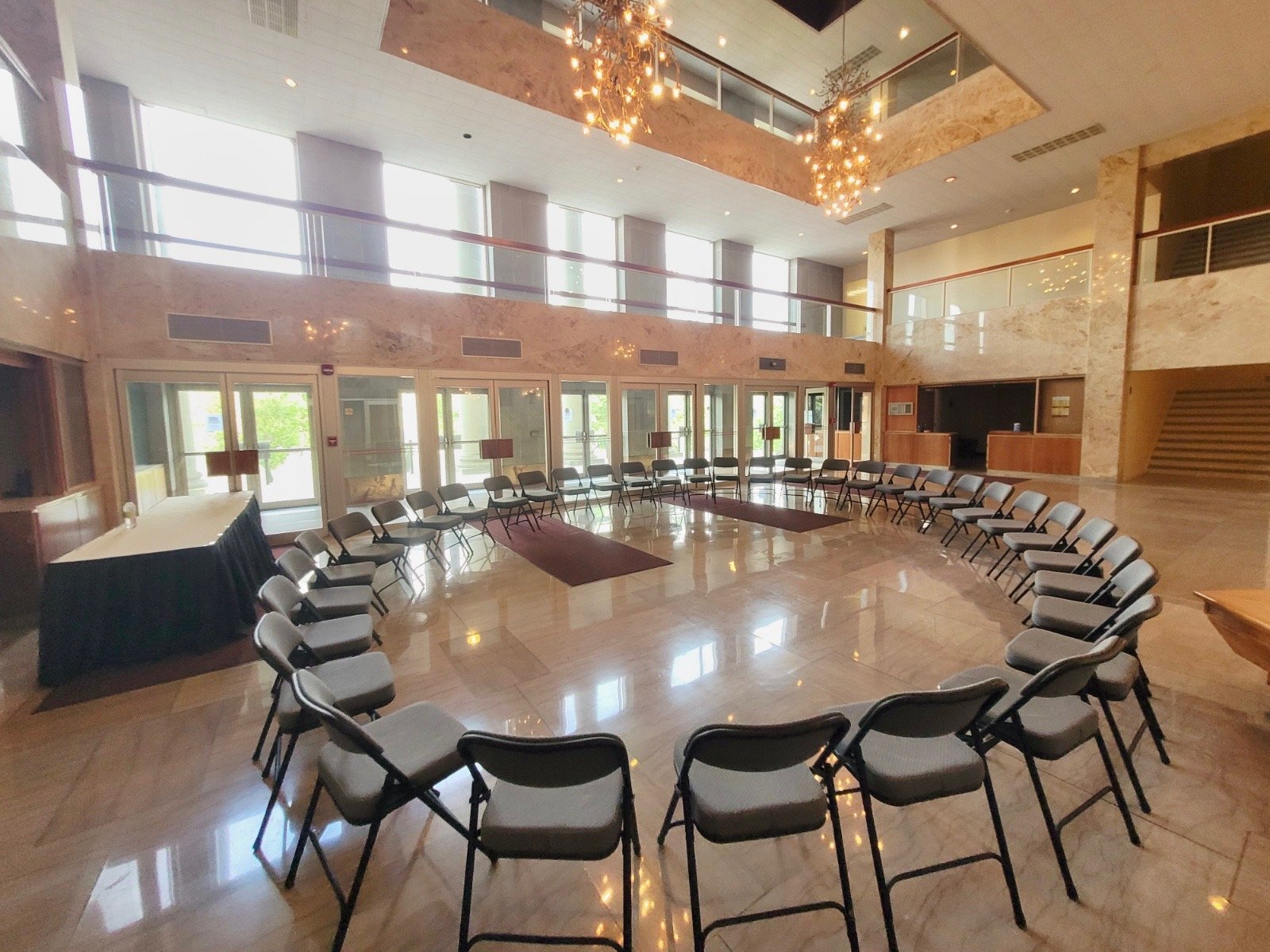The Indigenous Roots of Restorative Work
We at Restorative Approach are deeply committed to acknowledging and honouring the Indigenous roots of the restorative lens. Indigenous communities have lived restoratively for millennia, and we as white folk and settlers in this work are immensely lucky to learn about this way of being. It was in fact primarily Indigenous communities themselves that supported formalized applications of restorative processes (think restorative justice in the courts, for example) in colonial contexts, often in direct response to the over-incarceration of Indigenous people in our current colonial justice system. To put this in perspective, 32% of Canadian people currently imprisoned are Indigenous, while Indigenous folks account for less than 5% of the Canadian population. These systemic expressions of racism are an ongoing concern, which makes the shift toward restorative systems of justice so much more pressing. The restorative lens is absolutely a piece of the antidote for a healthy, connected world.
A recent sharing circle in a university setting
Restorative Approach is primarily a settler organization, located in Kjipuktuk on the ancestral lands of the Mikmaq and Maliseet Peoples whose unceded (never surrendered) traditional territories we have the privilege to live and work on. We draw from teachings from many Indigenous voices, resources, and supports and have deep gratitude for our Indigenous collaborators. We recognize the immense responsibility we carry to ensure that we embody the restorative lens in a way that is dignified and aligned with basic Indigenous principles of relating and of justice. We have witnessed firsthand harmful applications of traditional processes in the guise of a restorative one. We know that restorative practices have been culturally appropriated, watered down, and disrespected in settler spaces. We are sure to acknowledge, unpack, and appreciate the Indigenous roots of the restorative lens at the offset of any work we do, whether educational workshops or conflict or anything else. The restorative lens is not ours, we are just so fortunate to use it! We strongly believe that the reason this lens is so special and helpful is specifically because it exists outside of colonial ways of being.
Why is it so special? Because Indigenous nations across Turtle Island and beyond have always appreciated that our relationships to ourselves, to those around us, and to our broader community are the most important dynamics in life, ones that we must prioritize. This worldview understands our undeniable entanglements - we are all connected, we are all one - and that the health of the whole reflects the health of each of us. A restorative lens holds that we, as individuals in an interconnected community, are obligated to honour one another. In this way of being, personal responsibility and accountability are signs of health. Connection is medicine, and in the gorgeous vast diversity of life, conflict is not only natural and expected, but it can be generative and healing if we navigate it in a good way. This view is what felt so compelling to me - it’s a true paradigm shift and one that speaks to deep truths in the human experience. It’s not a matter of IF we run into conflict, but when, and HOW we will respond in those challenging moments.
We trust Indigenous spaces, like the Mi’kmaw Legal Support Network, to continue to offer programs and processes to their communities. Alongside this work, we are interested in expanding access to this healing way of being and working for non-Indigenous spaces in particular. Colonial culture, now more than ever, needs to turn away from adversarial, punitive, and hierarchical ways of being. A restorative approach can be applied to literally anything we do - personally or professionally - and we are committed to expanding awareness and access to this beautiful process.
